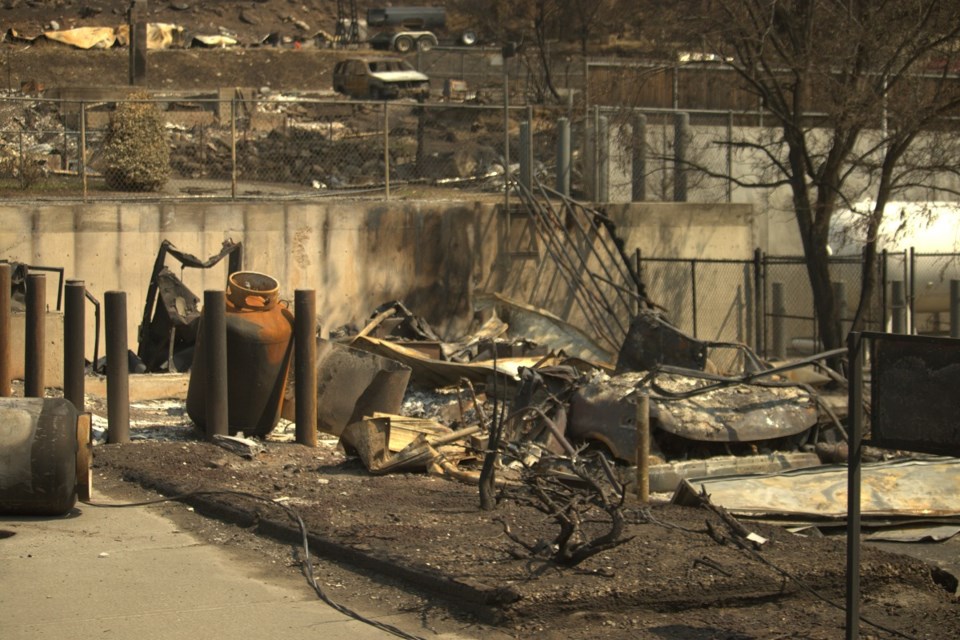Imagine this: a wildfire is rapidly approaching your neighbourhood, or a flood warning has been issued. You only have minutes to salvage things before you need to leave — what do you do?
It's a question that has become all too real for many British Columbians in recent years. A recent poll, carried out across three countries, provides some insight into what items people would prioritize in such a situation.
Mobile phones, wallets, and personal documents: the top three
The survey, carried out in February 2023 by PureProfile on behalf of Compare the Market, included over 3,000 adults across Canada, Australia and the United States.
In each country, the three most popular items chosen by respondents were the same: mobile phones, wallets and personal documents (such as birth certificates).
The items were identified not only as the most valuable, but also essential for communication, identification, and accessing services in the aftermath of a disaster.
Sentimental items: A close second
Sentimental items also proved a popular choice to save in an emergency. Photographs, family heirlooms and special sentimental items were among the top 10 choices, as were personal devices, like tablets and computers, and stashes of money.
In the event of an emergency, respondents were least likely to save tools, sporting equipment, musical instruments and books. Gaming consoles, artwork and work items such as a computer were also lower on the respondent’s emergency priority list.
Insurance: A safety net with limits
The survey also asked respondents which of their items they believed were covered by their home and contents insurance. In Canada, the items that most people had confidence were covered included jewelry (35.5%), personal devices (33.2%), and mobile phones (30.1%).
Respondents in Australia and the U.S. listed the same three groups of items but were most confident their personal devices were insured.
In all three countries, the items least believed to be covered by insurance included family heirlooms, photographs and sentimental items. Money stashes and personal documents were also least likely to be insured, the poll found.
Poll suggests importance of a ‘grab-and-go’ bag
In the face of climate change, British Columbians are increasingly finding themselves in situations where they need to evacuate their homes due to wildfires, floods, or other emergencies. In such scenarios, having a grab-and-go bag ready can make a significant difference. But what exactly is a grab-and-go bag, and what should it contain? Let's delve into it.
What is a grab-and-go bag?
A grab-and-go bag is a small emergency kit that's easy to carry and contains essential items you would need if you had to leave your home immediately. It's recommended to have a grab-and-go bag for your home, workplace and vehicle.
What to include in a grab-and-go bag
Your grab-and-go bag should include:
- Food (ready to eat) and water
- Phone charger and battery bank
- Small battery-powered or hand-crank radio
- Battery-powered or hand-crank flashlight
- Extra batteries
- Small first-aid kit and personal medications
- Personal toiletries and items, such as an extra pair of glasses or contact lenses
- Copy of your emergency plan
- Copies of important documents, such as insurance papers and identification
- Cash in small bills
- Local map with your family meeting place identified
- Seasonal clothing and an emergency blanket
- Pen and notepad
- Whistle
Water: A vital component
Water is a crucial part of your grab-and-go bag. Most people need four litres of water per person per day, but some people may need more. Hot temperatures can double water needs. And special considerations should be given to children, people who are nursing, or people who are sick.
It's recommended to purchase bottled water for your emergency kit and keep it in its original container in a cool and dark place that's easy to reach.





